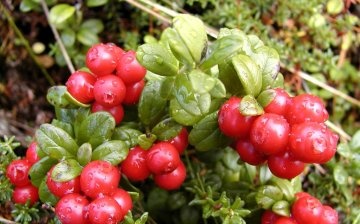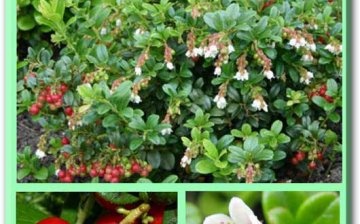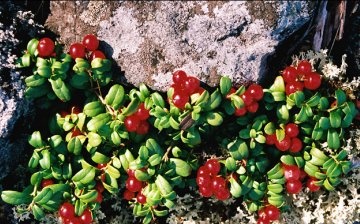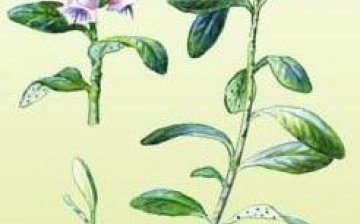Lingonberry: photo and description
Lingonberry, a photo of which can be found on the Internet, in order to know exactly what to buy in the nursery, is a very useful and tasty berry. It is worth growing if there are conditions suitable for it and the necessary knowledge to grow it.
Lingonberry: photo and description
Lingonberry is an evergreen shrub whose height does not exceed thirty centimeters. It blooms with small flowers, bell-shaped, on last year's shoots, usually from May to June, and the fruits ripen by autumn, likes to grow in mixed and coniferous forests.
Lingonberry fruits are mealy, red, taste sweet with a slight bitterness, and are stored for a long time. Lingonberry berries contain many useful, valuable substances, vitamins and microelements. Lingonberry helps to strengthen the body, has an antiscorbutic, astringent and diuretic effect, helps with anemia, vitamin deficiencies, cystitis, urolithiasis, and heart disease. Lingonberry is used both in traditional medicine and among healers, the latter also use decoctions and infusions from lingonberry leaves.
Lingonberry copes well with drought and frost, but does not tolerate soil that is not suitable for it. She only needs acidic, light, loose soil - peat, or sandy loam soil with peat.
She also needs a lot of sun, since she does not bloom in the shade, does not tolerate compost and manure, fertilizing with mineral fertilizers in small quantities is allowed. Lingonberries need to be watered regularly, but not poured, it can endure the absence of watering for some time. To rejuvenate the bush, you can prune it every ten years.
Lingonberries can get sick with specific diseases, due to which the stem curls, the leaves turn pale, the shoots lengthen and unattractive scales appear, but this happens extremely rarely.
For growing on your site, it is better to purchase garden lingonberries, since ordinary lingonberries, most likely, will not take root in the garden plot.










